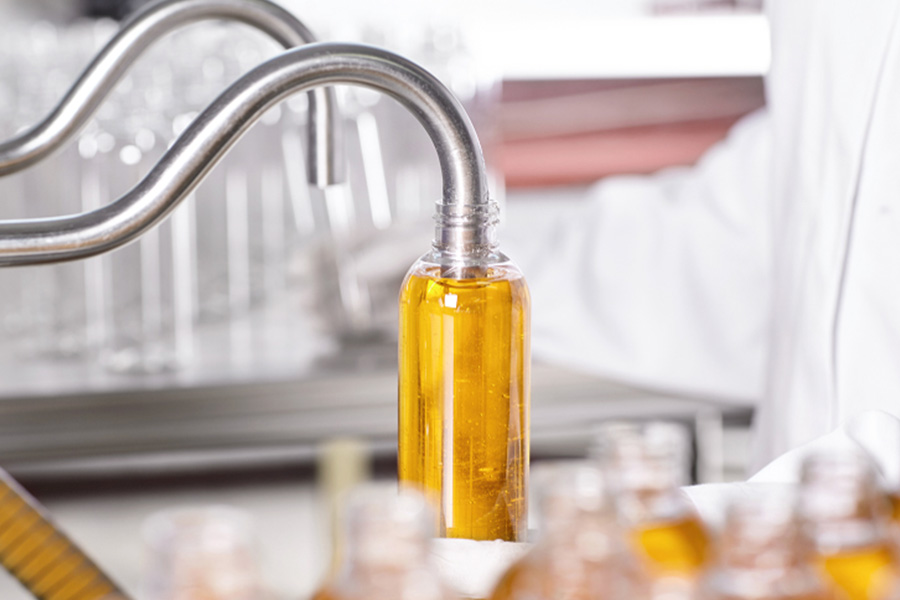Choosing the right fluid dispensers is a bit like pairing the right plug with the right socket. If the connection is wrong, nothing works as it should. When it comes to dispensing fluids in manufacturing, labs, or assembly lines, making the right match between the fluid and the dispenser is key. Otherwise, you could end up with clogs, leaks, or a big mess on your hands.
Know What You’re Working With
Before even looking at the equipment, take a good look at the fluid. Is it thin like alcohol or thick like paste? Is it sticky, corrosive, or sensitive to air or light? These traits matter. The physical and chemical nature of the fluid directly affects how it should be dispensed.
Some fluid dispensers handle low-viscosity liquids with ease but struggle with thicker ones. Others are built to deal with abrasive or reactive substances, but may be overkill for basic applications. Picking the wrong tool for the job is like using a paint roller to butter toast.
Viscosity Matters More Than You Think
Viscosity isn’t just a fancy term for thickness. It affects how a fluid flows, how it reacts to pressure, and how it behaves at different temperatures. If you’re dispensing glue, solder paste, or grease, you need a system that can push the fluid without sputtering or over-pressurising.
Different fluid dispensers work better with specific viscosity ranges. Time-pressure systems are common for low-viscosity fluids, while positive displacement units are more suited to thicker ones. You wouldn’t pour honey with the same tool you use for ink. And yes, even something as small as a temperature shift can mess with flow rates if the dispenser isn’t up to it.
Material Compatibility: No One Likes a Reaction
Certain fluids love to pick fights with the wrong materials. Acids can corrode metal, solvents can eat through seals, and some fluids may gum up if they come into contact with the wrong plastics. Selecting the right dispense valves becomes crucial.
Valve bodies, seals, and nozzles come in different materials for a reason. Stainless steel may be ideal for corrosive fluids, while polyethene or Teflon parts are better for sensitive chemicals. The goal is to avoid a chemical reaction or degradation that could affect both the dispenser and the final product.
Keep the Flow Steady and Clean
A consistent, clean flow is a necessity. If fluid builds up in dead zones or flows unevenly, that leads to inconsistent volumes and a messier process overall. Valves that drip, stick, or clog waste material and time.
Proper dispense valves offer tight shut-off and smooth flow paths. Some are better for start-stop applications, others for continuous streams. It all depends on your needs. If your operation deals with sensitive outputs like microelectronics or medical products, cleanliness and control aren’t optional.
Automation and Repeatability
In automated production, repeatability is king. You need a system that can dispense the same amount every cycle, with minimal variation. That’s where integrated controls and sensor feedback come into play. Advanced fluid dispensers can work with programmable logic controllers to deliver precise, repeatable volumes across hundreds or thousands of cycles.
This also ties into cycle time. A valve that’s too slow might delay the whole process. A dispenser that is too fast could overshoot and waste material. Matching your equipment with production needs is key to avoiding bottlenecks.
Easy to Clean, Easy to Maintain
Even the best gear needs cleaning. If a dispenser is hard to strip down, clean, or inspect, it slows everything down. Designs that allow quick access to internal parts save time and prevent contamination between fluid types.
Modular fluid dispensers and dispense valves with simple construction make life easier for operators. Look for designs that don’t require special tools or hours of training to service. In short, if cleaning the unit feels like defusing a bomb, you’re using the wrong dispenser.
Think Long-Term
Buying a fluid dispensing system isn’t just a one-time thing. You need to think about support, spare parts, serviceability, and whether the design can adapt to new fluids or production demands. Some fluid dispensers are flexible enough to swap valves or be reprogrammed. Others are fixed and limited. Don’t box yourself in unless you’re sure your needs won’t change.
Also, think about wear and tear. Replacing seals or worn parts should be part of regular maintenance. If those parts are expensive or hard to source, it’s worth reconsidering your setup.
Contact Unicontrols to choose fluid dispensers and dispense valves that fit your process, your fluids, and your future without unnecessary headaches.





